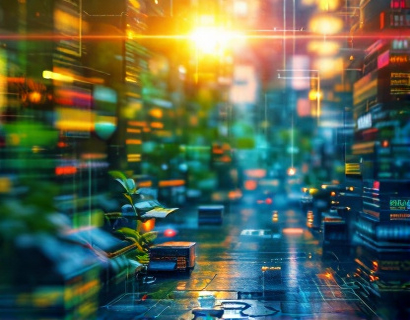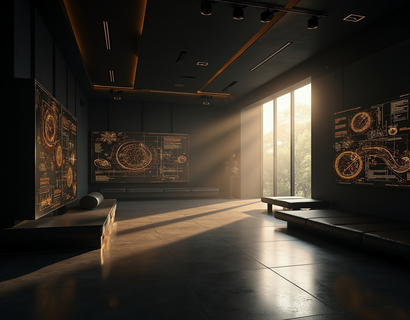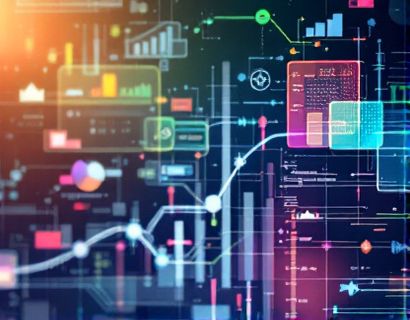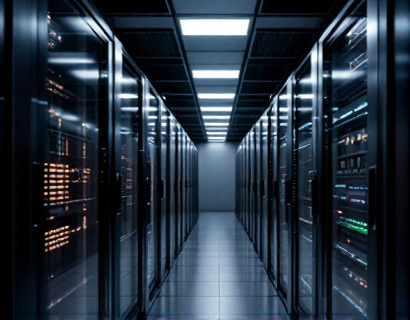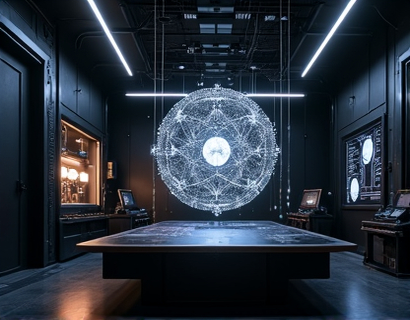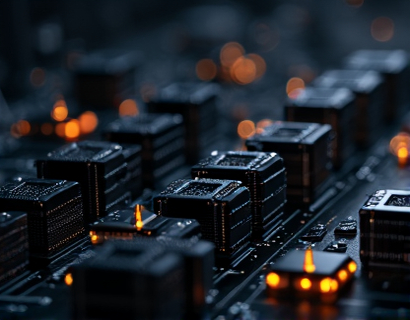Maximize Your Indoor Garden: Cutting-Edge Tech for Optimal Solarium Ecosystems
In the realm of indoor gardening, the integration of advanced technology has revolutionized the way enthusiasts cultivate plants within the confines of their homes or dedicated spaces. The concept of a solarium, once a luxury reserved for the few, has evolved into a sophisticated environment where light, climate, and automation converge to create an optimal ecosystem for plant growth. This article delves into the cutting-edge technologies that can transform your indoor garden, ensuring not only optimal growth but also sustainability and efficiency.
The foundation of any successful indoor garden lies in the control and optimization of environmental factors. Light, being a critical component, has seen significant advancements with the introduction of LED grow lights. These lights offer a spectrum tailored to the specific needs of various plants, from seedling to bloom. Unlike traditional lighting methods, LED lights consume less energy and produce minimal heat, reducing the risk of overheating and allowing for closer placement to the plants. This precision in light delivery ensures that plants receive the exact amount of light they need, promoting healthy growth and development.
Beyond light, climate control is another pivotal aspect of indoor gardening. Advanced HVAC systems and climate control units can maintain ideal temperature and humidity levels, crucial for the health of your plants. These systems can be programmed to adjust automatically based on real-time data, ensuring that conditions remain within the optimal range for your specific plant species. For instance, tropical plants thrive in high humidity and warmer temperatures, while succulents prefer drier conditions. By fine-tuning these parameters, you can create a microclimate that supports diverse plant life.
Automation plays a vital role in enhancing the efficiency and convenience of indoor gardening. Smart sensors and IoT devices can monitor and adjust various environmental factors, from soil moisture to CO2 levels, providing a comprehensive and hands-off approach to plant care. These devices can be controlled via smartphones or voice assistants, allowing gardeners to manage their indoor ecosystems from anywhere. This level of automation not only saves time but also ensures consistent and precise care, leading to better plant health and higher yields.
One of the most innovative technologies in indoor gardening is the use of hydroponic and aeroponic systems. These soilless cultivation methods offer numerous advantages over traditional soil-based gardening. Hydroponics involves growing plants in a nutrient-rich water solution, while aeroponics suspends the roots in an air or mist environment, delivering nutrients directly to the roots. Both methods provide superior nutrient uptake, faster growth rates, and reduced water usage compared to conventional gardening. The controlled environment of an indoor solarium makes these systems particularly effective, as they can be finely tuned to meet the specific needs of each plant.
Another cutting-edge technology is the implementation of artificial intelligence and machine learning in indoor gardening. AI-driven systems can analyze vast amounts of data to optimize growing conditions, predict plant needs, and even identify potential issues before they become problematic. These systems can learn from past data and adapt to changing conditions, ensuring that your indoor garden remains at the peak of health and productivity. For example, an AI system might adjust lighting and nutrient delivery based on the growth stage of the plants, maximizing their potential.
The integration of vertical gardening solutions is also gaining popularity in indoor spaces. Vertical gardens make use of wall-mounted planters or stacked growing towers, maximizing space and increasing the number of plants you can grow in a limited area. This approach is particularly beneficial for urban dwellers with limited floor space. Combined with automated watering and nutrient delivery systems, vertical gardens can be highly efficient and visually appealing, adding a lush green element to any indoor environment.
Sustainability is a key consideration in modern indoor gardening. Technologies that promote eco-friendly practices are not only beneficial for the environment but also cost-effective in the long run. For instance, water recycling systems can collect and purify water used in the garden, reducing waste and lowering water bills. Additionally, the use of renewable energy sources, such as solar panels, can power your indoor garden's systems, further minimizing your carbon footprint. By adopting these sustainable practices, you contribute to a greener planet while enjoying the benefits of a thriving indoor garden.
The customization of indoor gardening setups to meet unique needs is another area where technology shines. Every garden is different, with varying plant species, space constraints, and personal preferences. Advanced technology allows for tailored solutions that address these individual requirements. For example, customizable LED light panels can be adjusted to provide the exact spectrum and intensity needed for specific plants. Climate control systems can be programmed to mimic the natural environments of different plant species, ensuring they receive the conditions they require to thrive. This level of customization ensures that your indoor garden is not only functional but also a reflection of your personal style and goals.
In addition to these technological advancements, the use of data analytics plays a crucial role in optimizing indoor garden performance. By collecting and analyzing data on plant growth, environmental conditions, and system performance, gardeners can make informed decisions to improve their practices. This data can reveal patterns and insights that might not be immediately apparent, allowing for continuous improvement and optimization. For instance, analyzing growth rates and health metrics can help identify the most effective growing conditions for each plant, leading to better outcomes.
The convergence of technology and nature in indoor gardening creates a futuristic and efficient environment. The combination of precise light control, advanced climate management, automated systems, and innovative cultivation methods transforms the traditional notion of gardening. This high-tech approach not only enhances the growth and health of plants but also provides a rewarding and educational experience for gardeners. Whether you are a seasoned enthusiast or a beginner, embracing these technologies can elevate your indoor gardening to new heights.
In conclusion, the future of indoor gardening is bright, thanks to the integration of cutting-edge technology. From LED grow lights and advanced climate control to automation and AI-driven systems, these tools offer unparalleled control and efficiency. By adopting these technologies, you can create a thriving indoor ecosystem that supports a diverse range of plants, all while promoting sustainability and reducing environmental impact. Embrace the possibilities of modern indoor gardening and watch your plants flourish in a customizable, high-tech oasis.




